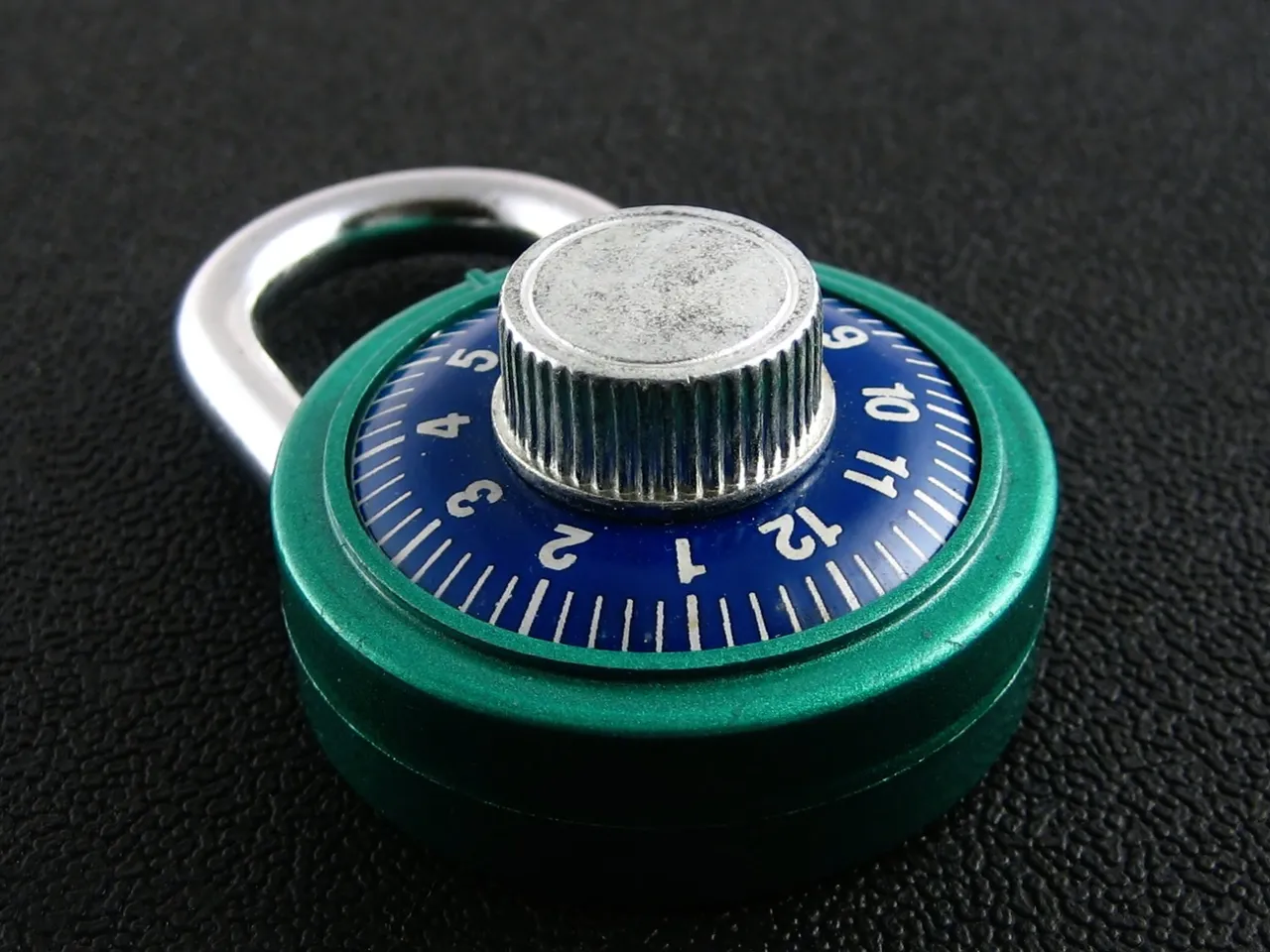As a business owner, you know that having access to capital is crucial for success. Whether you’re looking to expand your operations, purchase new equipment, or just have a cushion to weather economic storms, having access to cash is essential. One innovative way to unlock capital that you might not be familiar with is the sale-leaseback. In this blog post, we’ll take a closer look at what a sale-leaseback is, how it works, and why it’s a smart move for many business owners.
What is a Sale-Leaseback?
A sale-leaseback is a transaction in which a business owner sells their property, such as a building or piece of real estate, to an investor and then leases it back from the investor for a specified period of time. This allows the business owner to unlock the capital that was tied up in the property, giving them access to cash that they can use for other purposes.
How Does a Sale-Leaseback Work?
A sale-leaseback is a relatively straightforward transaction. First, the business owner sells their property to an investor. Then, they enter into a lease agreement with the investor, which outlines the terms of the lease and the rent that the business owner will pay over the life of the lease. The investor is now the owner of the property, and the business owner is now a tenant.
Benefits of a Sale-Leaseback
There are many benefits to a sale-leaseback, including:
- Access to Capital: The most obvious benefit of a sale-leaseback is that it provides the business owner with access to capital. This capital can be used for any purpose, including expanding operations, buying new equipment, or simply having a cushion to weather economic storms.
- Increased Liquidity: By selling a property and leasing it back, business owners can increase their liquidity, giving them greater financial flexibility.
- Improved Balance Sheet: A sale-leaseback can help improve a business owner’s balance sheet by reducing the amount of debt they have and increasing their liquidity.
- Long-Term Stability: The lease agreement in a sale-leaseback typically has a long-term duration, providing the business owner with stability and a predictable stream of income.
- Reduced Risk: By selling a property, business owners can reduce the risk associated with owning real estate, such as fluctuations in the real estate market.
In conclusion, a sale-leaseback is a smart move for many business owners looking to unlock capital and improve their financial situation. By selling a property and leasing it back, business owners can access capital, increase liquidity, improve their balance sheet, secure long-term stability, and reduce risk. If you’re a business owner looking for new ways to access capital, consider a sale-leaseback as a potential solution.




